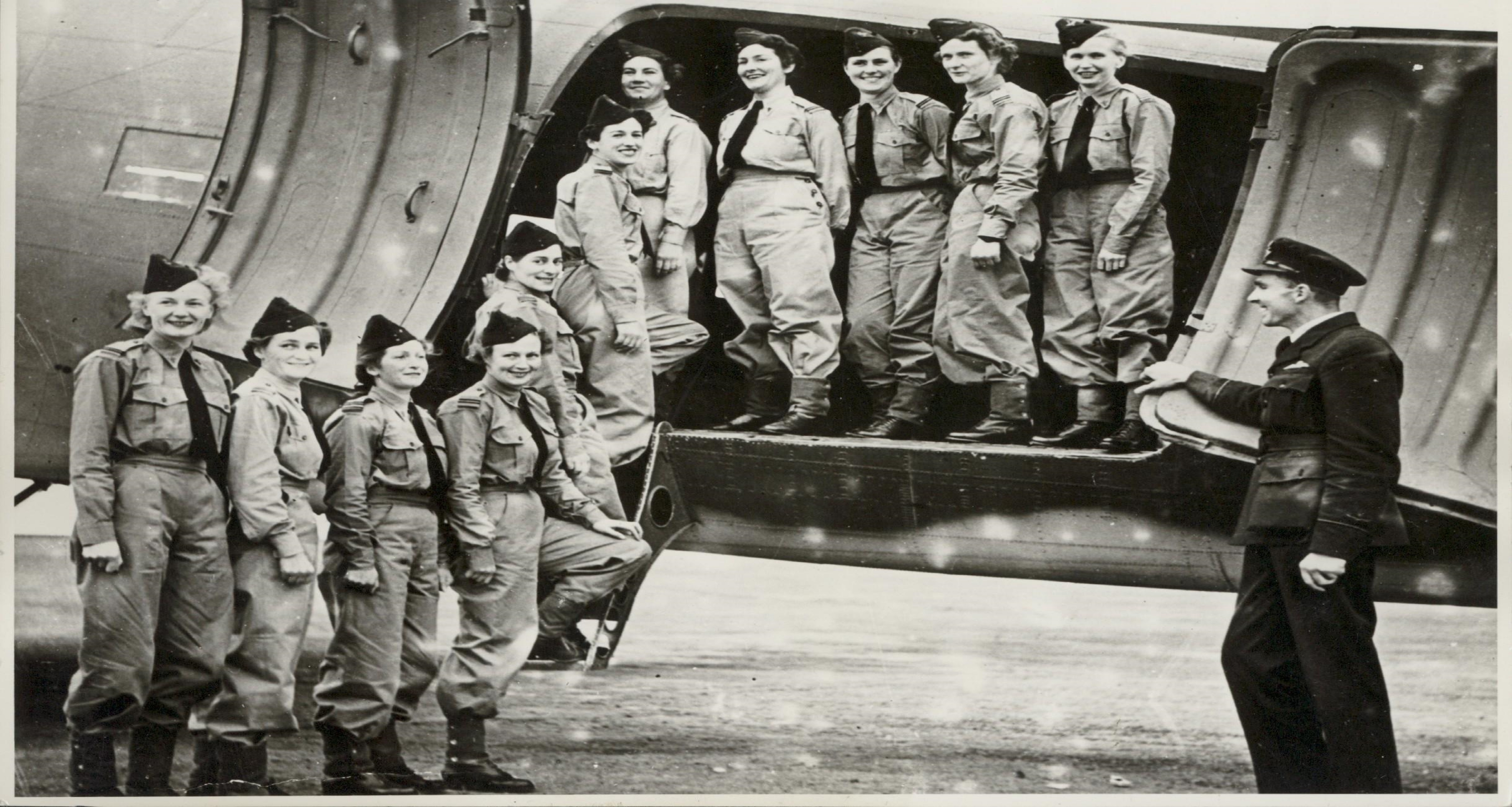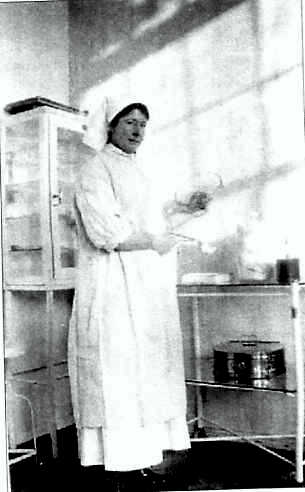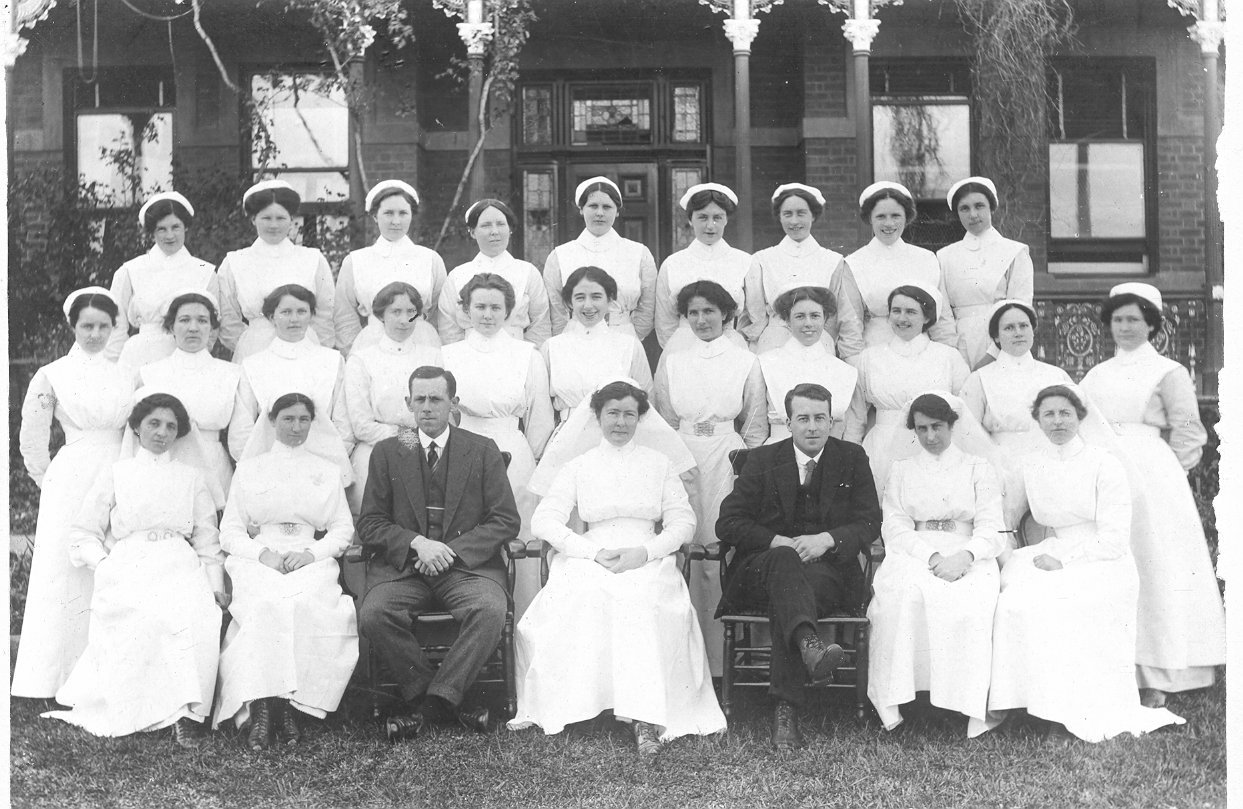 Marjorie ‘Margot’ Scott became one of a select group of nurses known in WWII as ‘the flying angels’.
Marjorie ‘Margot’ Scott became one of a select group of nurses known in WWII as ‘the flying angels’.
Marjorie ‘Margot’ Scott
Marjorie Scott trained at Bendigo Hospital and became one of a select group of nurses known in WWII as ‘the flying angels’.
After stints at a number of hospitals in Victoria, she was accepted into the RAAF Nursing Service in 1943.
Miss Scott (pictured below) was one of the first 15 volunteers out of 100 applicants picked to join the medical evacuation unit, flying from Papua New Guinea to war zones in the Pacific Islands and rescuing wounded soldiers.
In their first year, the flying angels helped evacuate 8000 patients.
By mid-1946, with the demobilisation plan in full swing, Miss Scott was one of a select few flying angels who volunteered to stay longer to help repatriate soldiers.
As a civilian, Miss Scott’s commitment to care continued, as she became a Tutor Sister at the Northern District School of Nursing in 1950, later holding the position of assistant Dean.
She was described as a “great Bendigonian, who has given magnificent service to this city and the nursing profession”, by then Bendigo Mayor Roy Turner at her retirement dinner in 1977.
Ethel Simons
Ethel Simons was the only one of 74 Bendigo nurses that served during WWI to return to work at the hospital after experiencing the horrors of war.
Miss Simons, who was the first Bendigo-trained Matron of the Bendigo Hospital from 1913-1917, volunteered for overseas service as a staff nurse in the Australian Army Nursing Service in April 1917.

She began her service at a hospital for jaw injuries in Croydon, England, before being transferred to Southall, England, to an Australian hospital for limbless soldiers.
In 1918, after returning from leave, Miss Simons was sent to a 38th stationary hospital in Genoa, Italy, where she had her first experience of causalities straight from the front line.
In excerpts of her memoirs, Miss Simons described some of what she saw as “dreadful”.
“Some of these men came down from fighting in the north and died a few hours after admission. Many others were desperately ill.”
According to historian Murray Poustie, Miss Simons (pictured front row, centre, in 1914) was the only one out of 74 Bendigo nurses to serve during the war that returned to Bendigo Hospital.

“Many were scarred from their experiences,” he said.
On her return after two years’ military service, Matron Simons was given a guard of honour by nursing staff who sang 'for she’s a jolly good lassie'.
Miss Simons did stints as Matron of Queen Victoria Hospital, Melbourne, for 12 years, and Perth Hospital before retiring in the 1940s.
Information credit: Remember our Nurses: The service and sacrifice of Bendigo nurses in World War One. Author: Murray Poustie. Remember our World War 2 Nurses. Author: Murray Poustie.